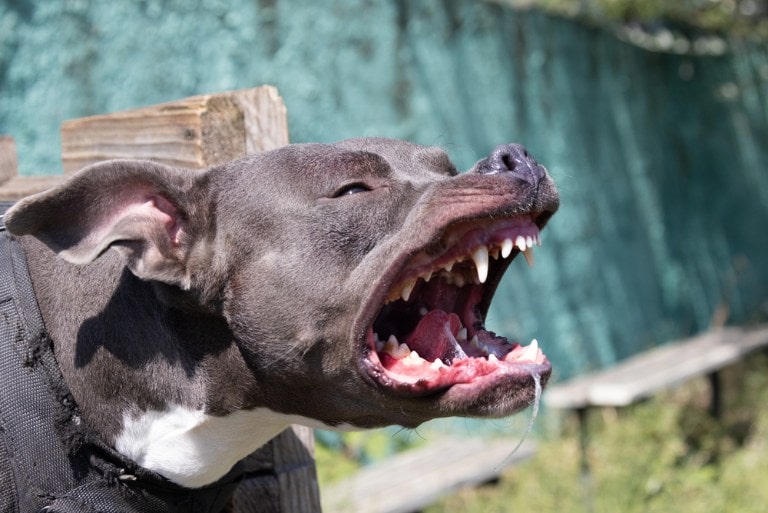What Are the Most Common Defenses in Dog Bite Cases?

Dog bite incidents in Providence, RI, are a serious concern affecting numerous residents each year. According to the American Veterinary Medical Association, approximately 4.5 million dog bites occur annually in the United States, with Rhode Island reporting its share of these troubling incidents. The Providence area, with its dense population and numerous dog owners, sees various cases ranging from minor nips to severe attacks that require extensive medical treatment.
Experiencing a dog bite incident is alarming for victims and their loved ones alike. When such cases make it to the courtroom, knowing the most common defenses helps demystify the legal process. Gemma Law Associates dog bite lawyers in Providence understand these complexities and work diligently to protect victims’ rights. In this article, we shall review approaches that are commonly followed in these cases and explain the methods used in handling such situations.
The Role of Provocation
Provocation is a common defense in dog bite cases. If the victim provoked the animal, this could justify or limit liability if the defendant can prove it. Provocation may take the form of teasing, hitting, or invading the dog’s space. The establishment of this defense typically includes witness testimony or evidence regarding the victim’s activities just prior to the incident.
Trespassing as a Defense
Another common defense is trespassing. The dog owner may not be liable if the victim was on the property illegally at the time of the bite. This defense is based on showing that the injured party entered the premises without permission. This can be supported with physical signs warning about the dog’s presence, property boundaries marked by fencing, or security footage showing the incident.
Assumption of Risk
Assumption of risk is a defense in which the victim voluntarily and knowingly assumed the risk of being bitten. This often applies to dog walkers, trainers, or veterinarians who are typically aware of the risks associated with their work and have accepted it as part of their profession. For this defense to succeed, the defendant must prove that the victim was fully aware of the risk and proceeded anyway.
Comparative Negligence
Comparative negligence may be asserted as a defense in certain jurisdictions. This approach examines the victim’s conduct and determines how it contributed to the incident. For example, if the victim ignored warnings or acted recklessly around the dog, they might share partial blame. According to the Insurance Information Institute, courts will then allocate liability between the parties, potentially reducing the damages the defendant must pay.
The One-Bite Rule
The one-bite rule is a legal principle that may be claimed in dog bite cases. This implies that the owner may not be responsible for the first bite, provided they had no previous reason to believe the dog was aggressive. This defense argues that the owner had no reasonable expectation to foresee the attack. However, if there is a documented history of aggression, this defense becomes less viable.
Protection and Defense
If a dog acts to defend its owner or territory, it may become aggressive. For instance, if a dog bites someone the animal perceives as a threat, the owner may argue the dog acted in self-defense. This defense will only succeed if it can be shown that the dog acted reasonably based on the circumstances. This may be proven through surveillance footage or witness statements.
Contributory Negligence
In some states, contributory negligence can completely bar recovery. If the victim’s actions significantly contributed to causing the incident, they may not recover any damages. This defense sets a stricter standard than comparative negligence and requires a clear establishment of the victim’s fault.
Lack of Ownership
In other cases, the defendant may claim they are not actually the dog’s owner. Ownership is essential for determining liability. If it can be established that the defendant was not responsible for the dog, they may avoid liability. This can include providing proof of ownership, registration documents, or statements from neighbors or other witnesses.
Conclusion
Understanding the defenses available in dog bite cases is crucial for anyone involved in such incidents. Each of these defenses requires substantial evidence to be successful. Knowing these tactics allows people to anticipate what may happen in these cases and navigate them more effectively. With a better understanding of these concepts, whether involving provocation, trespassing, or other defenses, victims and their families can work toward achieving better outcomes and greater justice.




